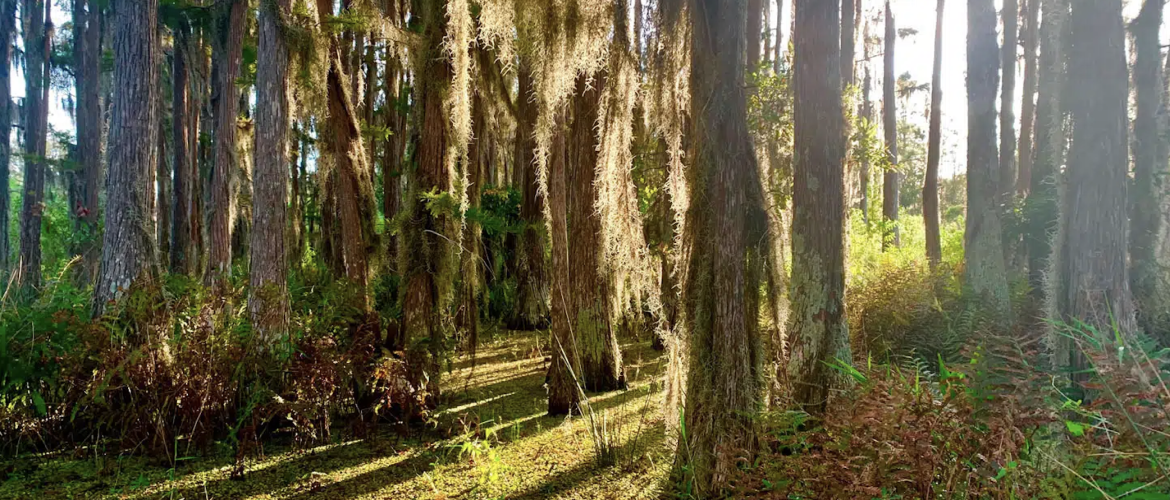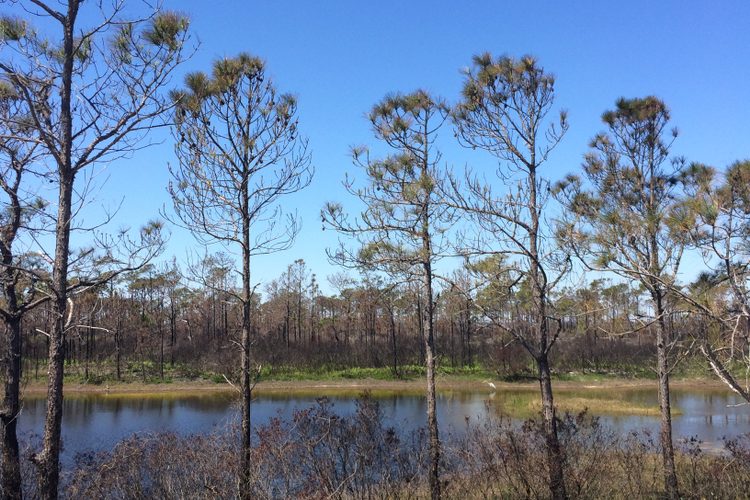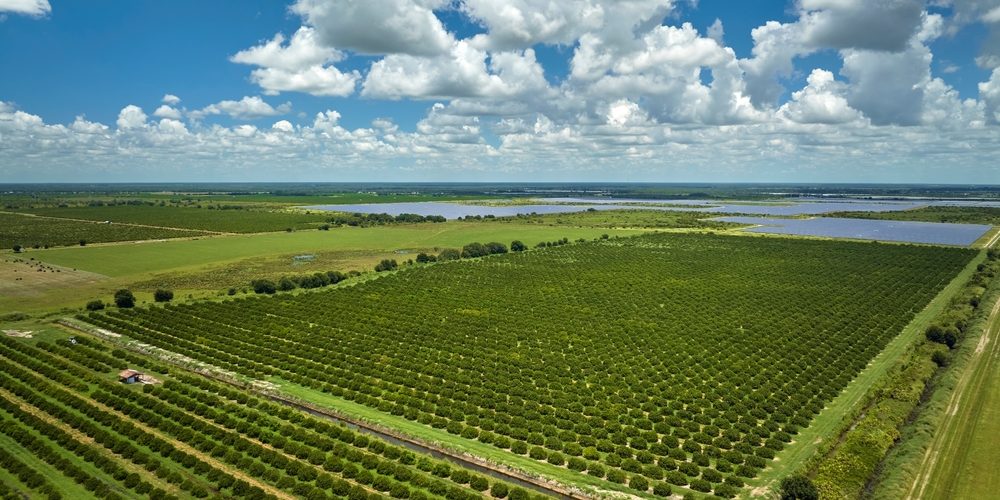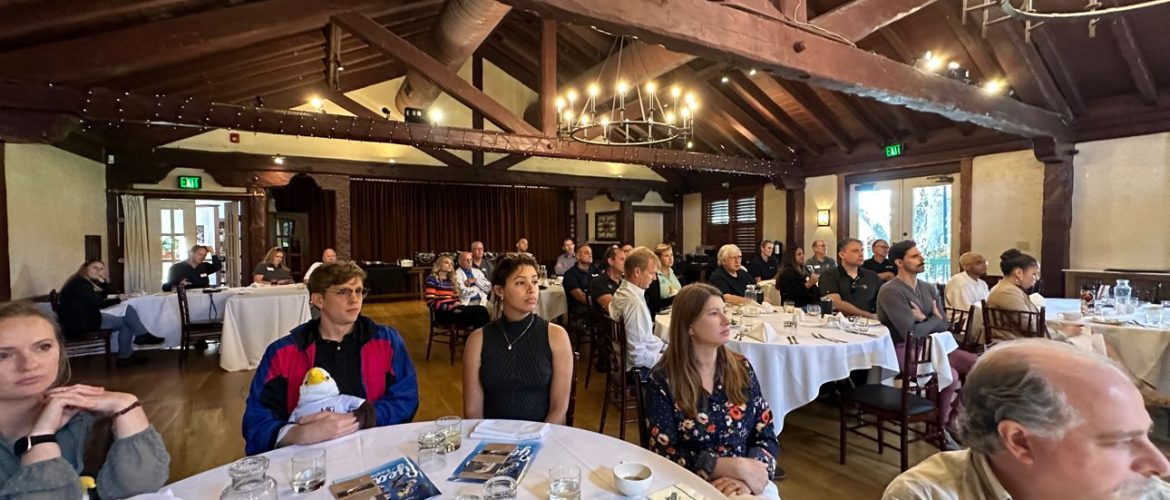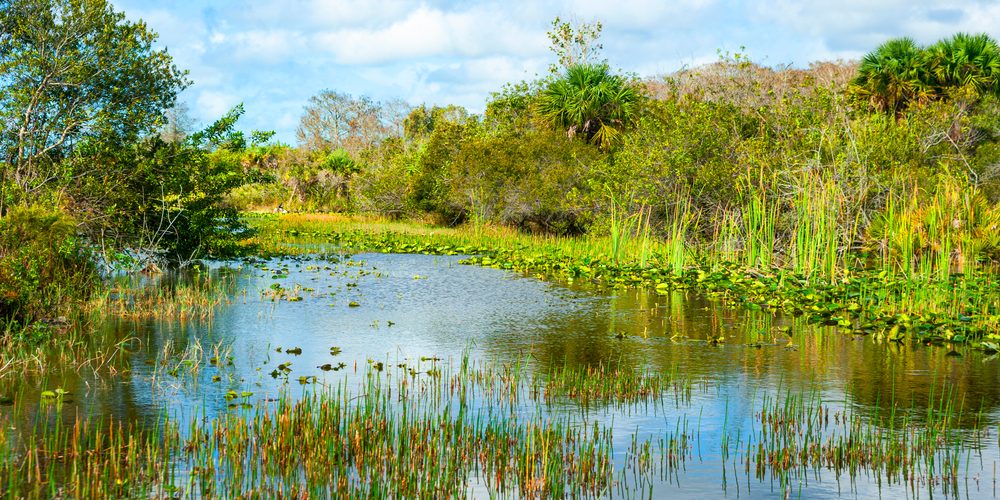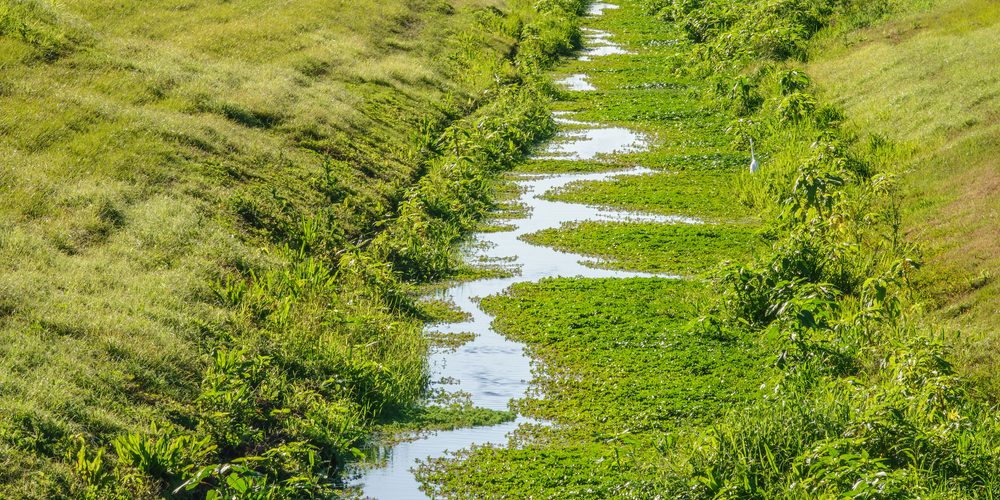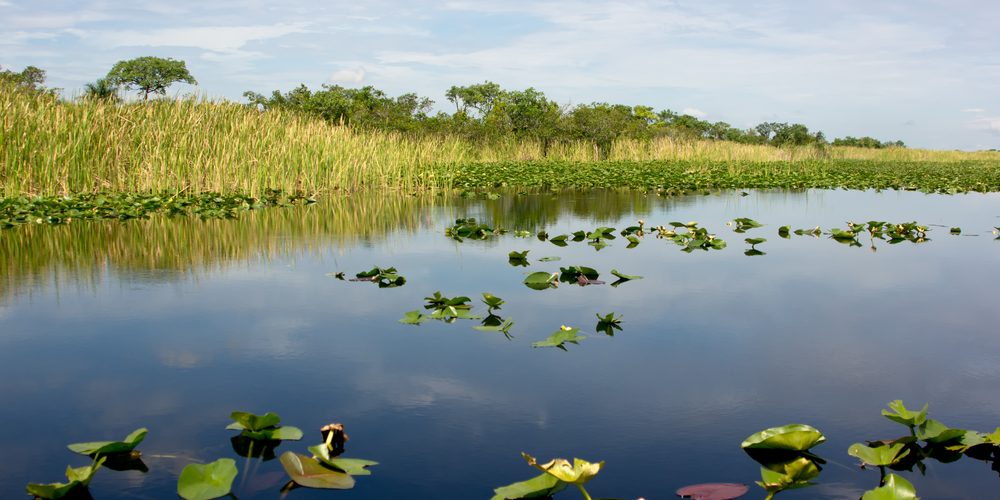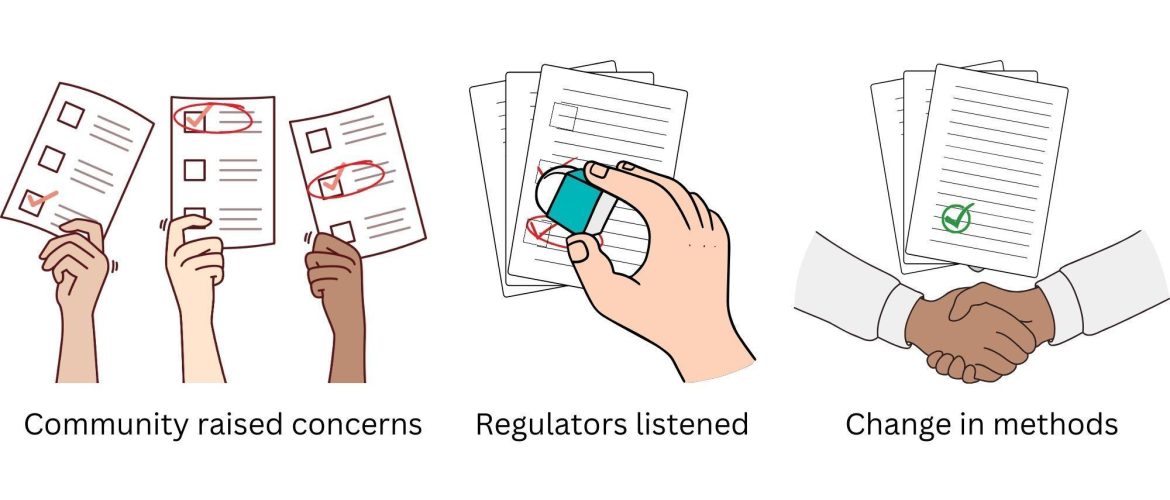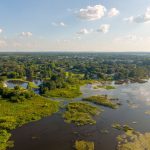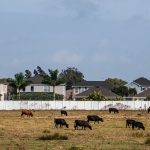Navigating the Evolving Landscape of Wetland Mitigation Banking in 2024 As we navigate the complex and ever-evolving world of wetland mitigation banking, understanding the intricacies of this field is crucial for both environmental preservation and sustainable development. In a comprehensive article by Charles Boisseau, the nuances of mitigation banking, its impact on real estate, and the challenges faced by bankers and developers in Florida are thoroughly explored. From the historical evolution of wetlands management to the current market trends and regulatory frameworks,
New Legislation Enhances Flexibility in Mitigation Banking – SB 1646 Overview In an exciting development for the world of environmental conservation and restoration, a significant mitigation banking bill was filed on January 5, 2024. This new legislation is poised to transform the current landscape of mitigation banking, particularly concerning the use of out-of-basin mitigation credits. At its core, the bill focuses on providing more flexibility in the use of mitigation credits, especially when in-basin options are unavailable. This new provision is a
Join The Mitigation Banking Group in fostering a sustainable future for Florida’s landscapes. Discover our quest for partners in mitigation banking, from active site managers to investors. Let’s collaborate for ecological and economic balance.
Sand Skink and Blue-tailed (Bluetail) Mole Skink This guide for sand skink (Plestiodon [Neoseps] reynoldsi) and blue-tailed mole skink (Plestiodon [Eumeces] egregius lividus) conservation and Endangered Species Act (ESA) consultation is intended to assist project proponents to determine if or how a proposed action may affect sand skinks or blue-tailed mole skinks. The sand
Dive into the Audubon Center for Birds of Prey’s vital role in avian conservation at the CFAEP luncheon and discover how their efforts are saving Florida’s raptors.
Learn how UMAM evaluations determine the condition of wetland communities. Discover how these scores influence your need for wetland mitigation credits and what steps are essential before you proceed with any development projects.
From water quality to habitat preservation, learn how the Three Pillars of ‘No Net Loss’—Life, Land, and Chemistry—shape wetland health and contribute to effective watershed management.
Florida plans to increase wetland mitigation banks, and the Mitigation Banking Group is at the forefront of this exciting trend. Learn why more banks are crucial for balancing environmental preservation and economic growth
Discover key insights into the mitigation bank approval process in our latest joint report with EPIC. The Phase II analysis reveals bottlenecks and provides actionable recommendations to streamline approvals. In-depth interviews with 19 mitigation bank sponsors included.
Fungible Assets Driving Mitigation Success and Innovation in Florida In Florida, where rapid development is a constant, the urgency to strike a balance between progress and environmental preservation is palpable. Environmental offsetting emerges as the solution, ensuring that for every detrimental environmental impact, a corresponding positive action restores balance elsewhere. As industries grow and landscapes change, fungible assets like mitigation credits become essential tools in this endeavor. Through ecosystem marketplaces like mitigation banking, fungible assets play a role

